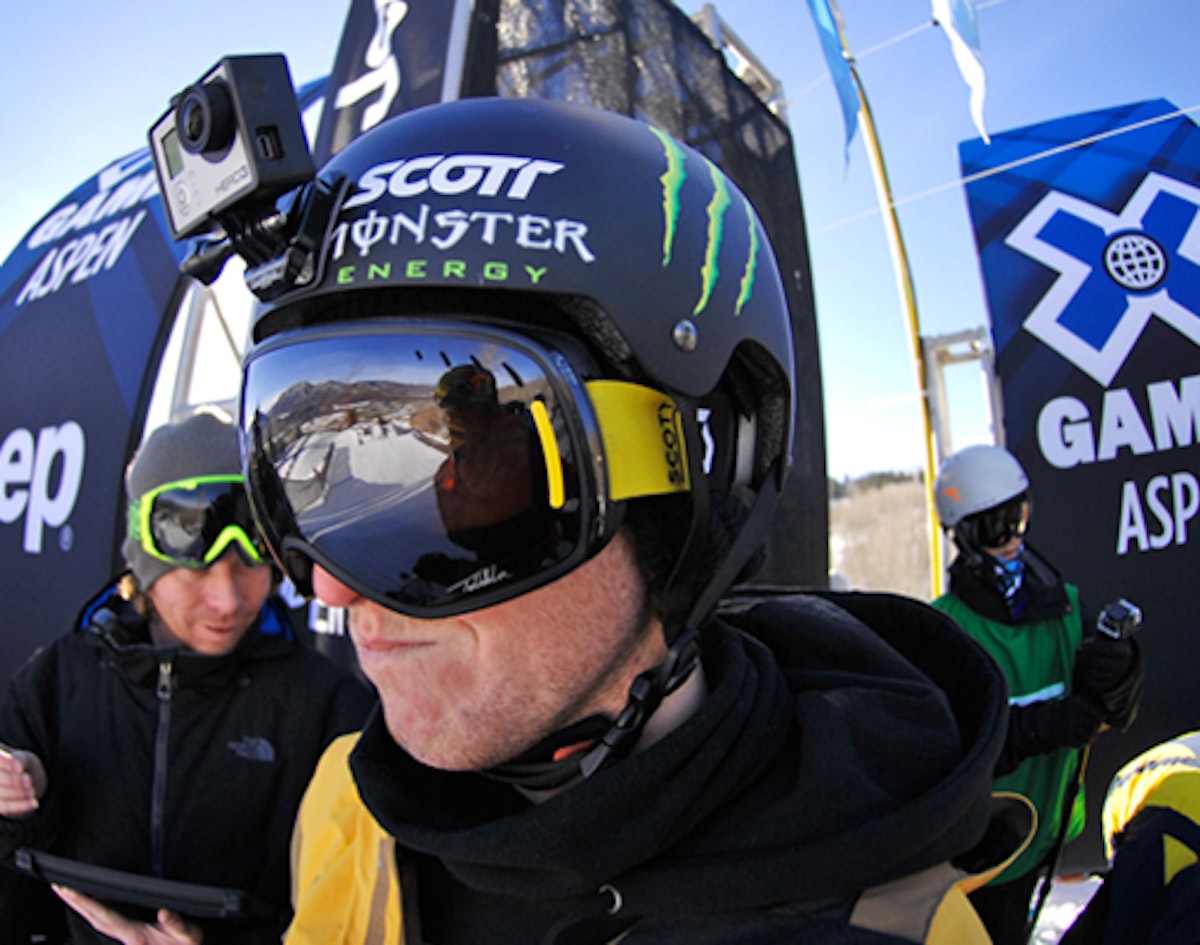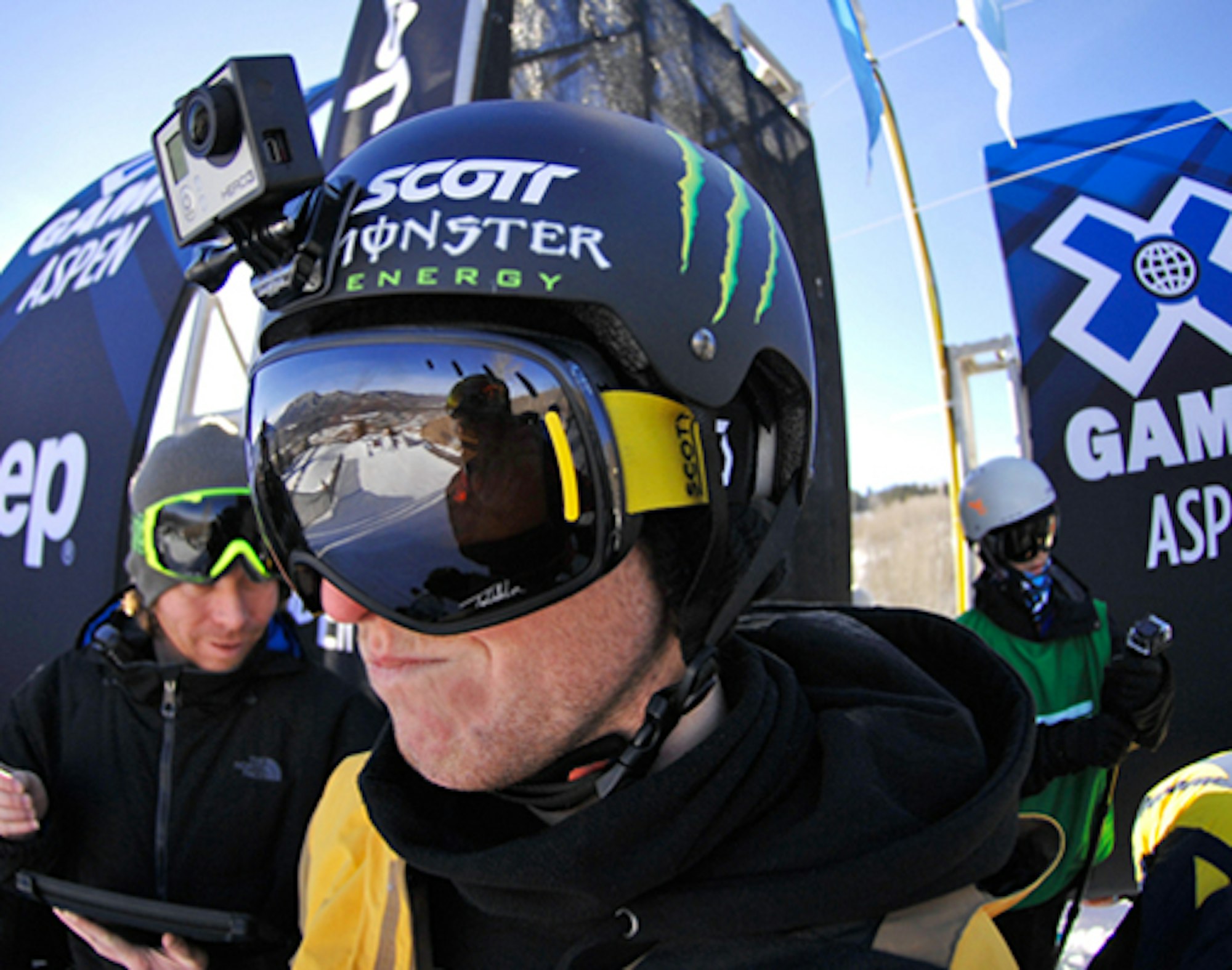GoPro. It’s a household name. You know it. Your friends know it, and your mom probably does too because you can’t go skiing without seeing the cameras all over the place. But once upon a time, none of us had heard of these ingenious little devices, and many still don’t really know where they came from. As it turns out, it was a pretty humble beginning for the tremendously successful company.
GoPro’s roots are in surfing. It was on a trip to Australia that founder Nick Woodman decided to act on an idea he had been thinking about for a number of years. He wanted to capture images that would convey the feeling of what it’s like to ride that perfect wave—to be deep inside the tube, skimming your hand across the water as it curled overhead. Unfortunately, the camera options at the time meant that this was a tall order. The lack of affordable equipment meant that only pros had the means to get quality pictures while others were stuck with flat images taken by people whose feet were planted firmly on the sand. Nick and his posse wanted to “go pro,” to have a camera that could capture the moment that would make them look like heroes. And so he set out to develop the world’s first affordable, wrist-mounted camera.


Tom Wallisch sports the HD HERO3 during slopestyle practice @ X Games Aspen. P: Henrik Lampert.
While traveling through Indonesia with his then girlfriend (now wife), Nick noticed she had purchased an eye-catching bead and shell belt from a local vendor at a more than fair price. He quickly recognized the opportunity. They placed an order for 600 belts and a couple of months later, they were back in California selling them out of Nick’s 1974 VW Westfalia van. By summer’s end, he had the seed money to fund the first GoPro prototype.
Woodman moved back in with his parents to cut expenses. He began traveling to trade shows to talk with manufacturers and find someone to produce the first line of cameras. The exhaustive process led him to one that he believed was a good fit, and the first 35 mm film GoPro Hero was born. Nick used a sewing machine borrowed from his mom that he hooked up to the battery of his van to make the first wrist straps. Surfers loved the wrist-mounted cameras, and the company began to gain traction. As business grew, Woodman borrowed money from his parents to buy more inventory and never looked back.
The first big leap in technology was when the cameras went from film to digital. Nick picked up auto racing and decided to use the wrist strap to attach his camera to the roll bar to capture some video. “It was at the track that I realized, ‘Wow, I can mount this camera anywhere and capture anything that I’m passionate about,’” he says. This realization was a major part of what would eventually make GoPro wildly successful.
“I think the big thing that has helped to get us to where we are today is how people are using it for more than just POV,” says Rick Loughery, director of communications. What started out in the skiing world as a “helmet cam” has evolved into something much more. “If you watch, even just in skiing over the last couple years, people are taking it off of their helmet and putting it on their pole or creating a mount that sticks outside their backpack. This is what makes our cameras so unique, the versatility of them.”
The company added a wide-angle lens, and as it continued to up the imaging capabilities of the camera, ultimately going to high definition in 2009, more and more people took notice. Just as it had initially been developed for surfing and expanded to other sports, it was now reaching beyond that realm. Despite very little marketing outside of action sports, GoPro cameras are now being employed on television shows such as 60 Minutes, Deadliest Catch and many others. It seems the more the camera gets used, the more uses are found for it.
If you were employed by GoPro from the beginning, it was either because you had gone to school with Nick or were a family member. This soon extended to friends of friends and has now expanded to about 350 people, most of whom work from the company headquarters in San Mateo, CA. Much of the rapid expansion was in the engineering force, which enabled the company to stay ahead of the competition.
“Not only are we doing more in-house but we’re doing more,” says Loughery. “The best case in point is when we rolled out the Hero 3, we didn’t just roll out one new camera. There are three new cameras in this lineup.” And that’s in addition to other accessories that were introduced alongside. A company that used to release one product at a time is now giving its loyal customers even more to love. In 2011, the company also acquired CineForm, a producer of software products for easy post-production of high-definition video. Users can now look for dramatically increased software and sharing functionalities from their cinematic gadgets.
In addition to their software, GoPro took over CineForm’s location in Cardiff-by-the-Sea, CA, just north of San Diego. About 25 of the company’s employees now work in the action sports hub of SoCal, including all of their athlete mangers. So what does GoPro look for in an athelete? They look for people that inspire through content creation. “Tom Wallisch is a great example,” says Loughery. “He got to where he is today because he took a video camera out to Seven Springs, PA and was capturing footage of himself, putting it up on YouTube and getting discovered that way.” Posting footage both exposes the rider and gives the camera company perpetual free advertising with new videos being uploaded to YouTube every couple of minutes. With publicity like that, combined with a quality product, it’s hard to imagine anything but success for a company like GoPro.
Nick Woodman started out with a simple plan, to develop a camera that he and his fellow surfers could use to share their passion. More than a decade later, that dream has turned into a phenomenon. One that enables millions of people around the world to create and share what matters most to them. Having helped shape the content creation landscape as we know it, GoPro will continue to set the standard for POV cameras.



![[GIVEAWAY] Win a Head-to-Toe Ski Setup from IFSA](https://www.datocms-assets.com/163516/1765920344-ifsa.jpg?w=200&h=200&fit=crop)


![[GIVEAWAY] Win a Legendary Ski Trip with Icelantic's Road to the Rocks](https://www.datocms-assets.com/163516/1765233064-r2r26_freeskier_leaderboard1.jpg?auto=format&w=400&h=300&fit=crop&crop=faces,entropy)




![[GIVEAWAY] Win a Head-to-Toe Ski Setup from IFSA](https://www.datocms-assets.com/163516/1765920344-ifsa.jpg?auto=format&w=400&h=300&fit=crop&crop=faces,entropy)


